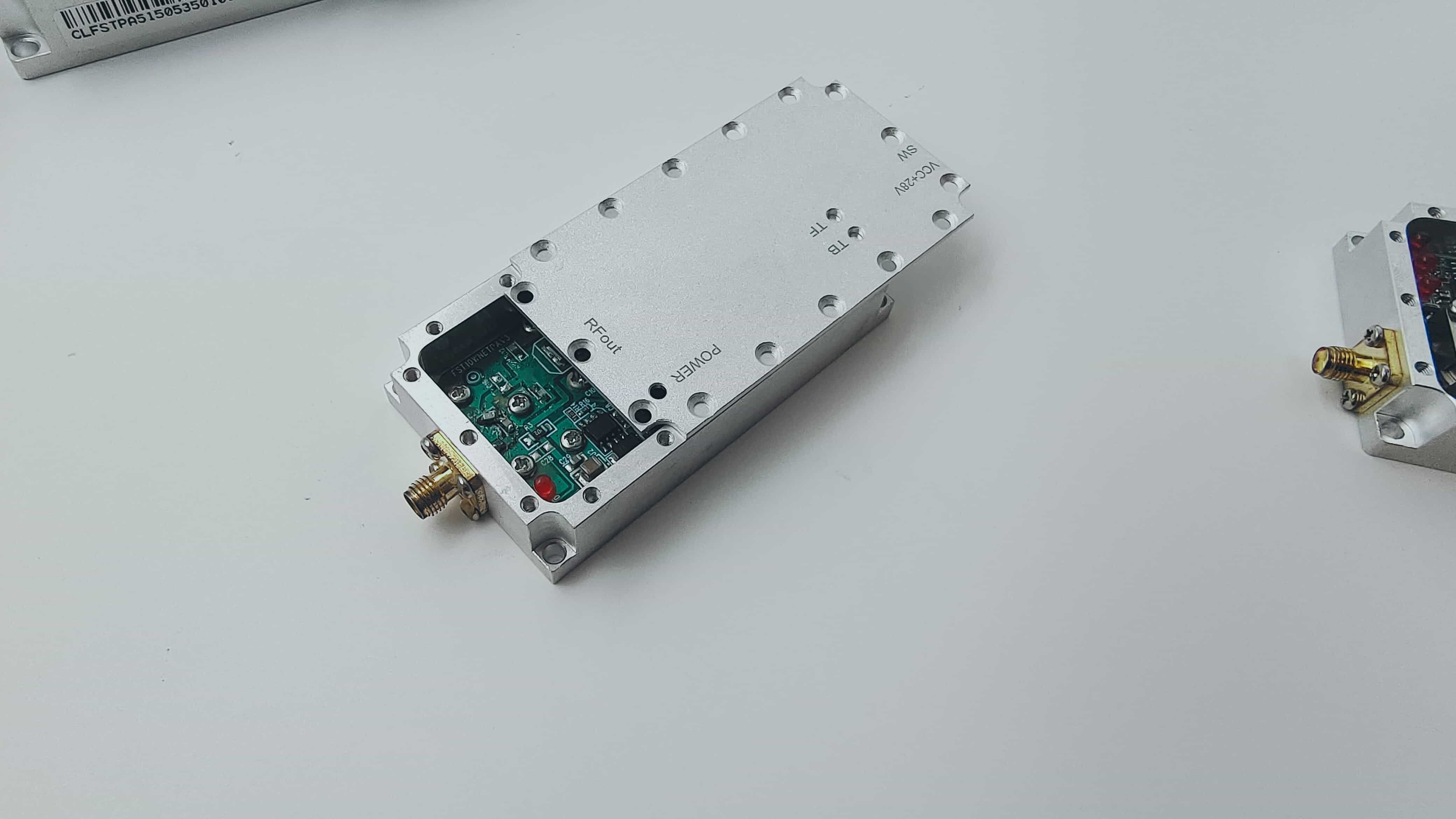Understanding the Critical Role of Harmonic Analysis in RF Amplifier Performance
Harmonic distortion in rf power amplifiers represents one of the most crucial parameters that maintenance engineers must monitor to ensure optimal system performance. When RF signals pass through power amplifiers, they can generate unwanted harmonics that not only degrade signal quality but also potentially interfere with other communication systems. Regular monitoring and analysis of harmonic distortion helps prevent system failures, ensures regulatory compliance, and maintains the overall efficiency of RF communications infrastructure.
The importance of monitoring harmonic distortion cannot be overstated, as it directly impacts the quality of signal transmission and the longevity of RF equipment. Modern telecommunications systems, broadcasting stations, and wireless networks rely heavily on clean, efficient RF power amplification, making harmonic distortion monitoring an essential aspect of preventive maintenance protocols.
Impact of Harmonic Distortion on RF System Performance
Signal Quality Degradation
When harmonic distortion occurs in rf power amplifiers, it manifests as unwanted frequency components that are multiples of the fundamental frequency. These harmonics can significantly degrade the quality of the transmitted signal, leading to reduced system performance and potential communication errors. The presence of excessive harmonics can result in interference with adjacent channels, increased bit error rates, and decreased signal-to-noise ratios.
Furthermore, harmonics can create intermodulation products that fall within the desired frequency band, causing in-band distortion that is particularly challenging to filter out. This type of distortion directly affects the quality of service and can lead to customer complaints in commercial applications.
Energy Efficiency Concerns
Harmonic distortion in rf power amplifiers significantly impacts system energy efficiency. When harmonics are present, power that should be concentrated in the fundamental frequency is instead dispersed across multiple harmonic frequencies. This power dispersion results in decreased efficiency and increased operating costs, as more input power is required to achieve the desired output at the fundamental frequency.
Additionally, the presence of harmonics can cause excessive heating in amplifier components, leading to reduced equipment lifespan and increased cooling requirements. Regular monitoring helps identify efficiency losses early, allowing for timely adjustments and optimizations.

Essential Monitoring Techniques and Parameters
Spectrum Analysis Methods
Modern spectrum analyzers provide detailed insights into harmonic content within rf power amplifier outputs. These sophisticated instruments can measure the amplitude of each harmonic relative to the fundamental frequency, allowing maintenance technicians to quickly identify problematic distortion levels. Regular spectrum analysis helps establish baseline performance metrics and track changes over time.
Advanced monitoring systems can automatically track multiple harmonics simultaneously, providing real-time data on amplifier performance. This continuous monitoring capability enables predictive maintenance approaches, helping prevent potential failures before they occur.
Key Measurement Metrics
Total Harmonic Distortion (THD) serves as a primary metric for evaluating amplifier performance. This measurement quantifies the ratio of harmonic power to fundamental frequency power, providing a clear indication of amplifier linearity. Maintenance teams should establish acceptable THD thresholds based on system requirements and regulatory standards.
Other critical parameters include individual harmonic levels, intermodulation distortion products, and phase relationships between harmonics. These measurements provide comprehensive insights into amplifier behavior and help identify specific issues requiring attention.
Preventive Maintenance Strategies
Regular Testing Protocols
Implementing structured testing protocols for harmonic distortion in rf power amplifiers ensures consistent performance monitoring. These protocols should include regular measurements at different power levels and operating frequencies, helping identify potential issues before they become critical. Maintenance teams should establish clear documentation procedures to track changes over time.
Automated testing systems can significantly streamline the monitoring process, providing consistent, accurate measurements while reducing human error. These systems can also generate automated alerts when harmonic levels exceed predetermined thresholds.
Calibration and Adjustment Procedures
Regular calibration of monitoring equipment ensures accurate harmonic distortion measurements. Maintenance teams should follow manufacturer-recommended calibration schedules and procedures to maintain measurement accuracy. Additionally, proper adjustment of amplifier operating parameters based on monitoring results helps optimize performance and minimize distortion.
Maintaining detailed records of calibration history and adjustment procedures provides valuable historical data for troubleshooting and performance optimization. This documentation also supports compliance with regulatory requirements and quality management systems.
Regulatory Compliance and Standards
Industry Requirements
Different industries and applications have specific requirements regarding harmonic distortion levels in rf power amplifiers. Telecommunications operators must comply with strict specifications to prevent interference with other services. Broadcasting stations face similar requirements to maintain signal quality and prevent interference with adjacent channels.
Understanding and maintaining compliance with these requirements through regular monitoring is essential for avoiding penalties and ensuring system reliability. Regular harmonic distortion monitoring helps demonstrate compliance during audits and inspections.
Documentation Requirements
Proper documentation of harmonic distortion monitoring results is crucial for regulatory compliance. Maintenance teams should maintain detailed records of all measurements, including test conditions, results, and any corrective actions taken. These records provide evidence of compliance and support continuous improvement efforts.
Electronic documentation systems can help organize and track monitoring data, making it easier to generate compliance reports and analyze long-term trends in amplifier performance.
Frequently Asked Questions
How often should harmonic distortion be monitored in RF power amplifiers?
The frequency of monitoring depends on several factors, including system criticality, operating environment, and regulatory requirements. Generally, major systems should undergo comprehensive harmonic analysis monthly, with continuous monitoring systems providing real-time data on critical parameters.
What are the signs of excessive harmonic distortion in RF systems?
Common indicators include reduced signal quality, increased power consumption, excessive heating of amplifier components, and interference with other communications systems. Regular monitoring helps identify these issues before they significantly impact system performance.
How can maintenance teams reduce harmonic distortion in RF power amplifiers?
Key strategies include proper impedance matching, operating amplifiers within their linear range, maintaining appropriate cooling, and regular tuning of matching networks. Continuous monitoring helps identify when these adjustments are necessary to maintain optimal performance.

 EN
EN






